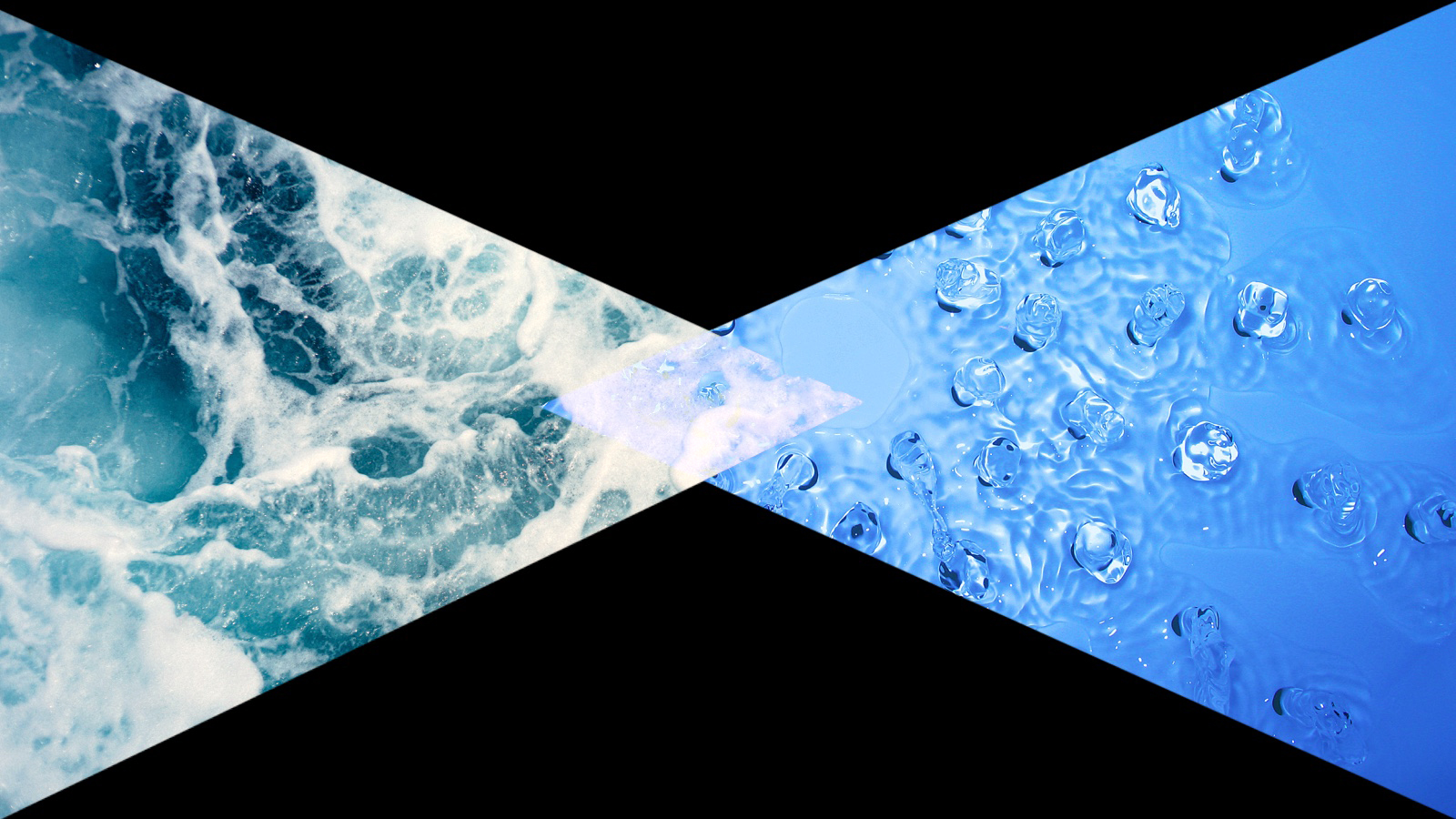The ability to desalinate water on an industrial scale would change the world, says Bill Nye the Science Guy, bringing fresh water to populations all over the globe that currently going without. While nature creates membranes that desalinate water, creating the right balance of salt to fresh water, humans must rely on synthetic membranes. While our current prototypes work, they are energy inefficient. The particle graphene, however, might provide a streamlined way of brining fresh water to the world.
Amy: Hey Bill. This is Amy from Minnesota. I was wondering if — when I was five years old I did this science experiment where we stuck a stick in salt water and it made a crystal. I was wondering if there was, in terms of desalinating water for human consumption, if there is a chemical compound that could work as a catalyst for some sort of reaction and if we could do this on a massive scale?
Bill Nye: Amy, that is a fabulous question. Desalinization of water could be the key to the future for so many of us humans. I'm fascinated with this question. So you use the word catalyst, this would be a chemical that would enable another chemical reaction, in general doesn't affect the catalyst so you could reuse the catalyst. Right now, as far as I know, there is no such thing. But two aspects of this that are really important right now. The first one is not real and I cannot help but hearken to a book by Kurt Vonnegut in which the characters creates something called Ice-nine where you get water molecules to rearrange themselves. And the chemist who does this is fascinated with the way cannonballs are stacked in statues or in memorials to people who fought wars with cannons.
That's fictional but it is kind of a cool idea. I won't tell you what happens at the end of the book; it's big fun. The real thing that's going on right now is people are able to take the salt out of salt water by forcing the water backwards through a very fine filter, which generally is called a membrane, and right now we call it osmosis. And osmosis is an old Greek word that means kind of happens on its own. And so the classic example is to take an egg, take the shell off with vinegar and then put the membrane contained egg in salt water and the water will go into the egg and the egg will swell if it's in salt water. If you put that same type of egg, naked egg, in distilled water the egg embryo is slightly salty so the water will work it's way out and that egg will shrink. Anyway, people have found ways to make synthetic membranes with things like Teflon and polyester and so on and you can pump, force the salt water backwards through the membrane and leave the salt behind. And this is done all the time. It's done in Australia at several industrial scale citywide installations, San Diego, Carlsbad California has one. And cruise chips and I guess the U.S. Navy exploit this technology all the time, but Amy, people are trying this new material, which has come to become graphene. And it's just like graphite, it's just like the thing that makes coal black or pencil lead gray except this material now is one molecular layer thick and it has these amazing properties. It's fantastically strong when stretched longitudinally or in the same direction, in the plane of the graphene. It's crazy strong. And so people believe that the slip length, as it's called, of the salt water is longer than the thickness of this one molecule or one atom thick graphene. So there's hardly any pressure needed to get the water to flow through the graphene leaving the salt behind and having fresh water come out on the other side. Now the key to any of these processes is you have to filter the water first to take out regular old particulates, regular old dust and sand, I exaggerate trash, you've got to take that out before you run it through your reverse osmosis membrane or this new being experimented with grapheme.
But you are living at a time where this breakthrough may be made on an industrial scale. And if we can do that Amy, it would change the world. We could have all the clean water we wanted for everybody all over the world and we would power the pumps with solar power, regular old photovoltaic solar cells, and when the sun is not shining you don't pump the water. So you pump the water when the sun is shining and and you fill up reservoirs all over the world. And so humankind could, if this stuff works out it could have access to clean water for the billions of us that need it. It's an exciting time Amy. Go get them. Become a chemical engineer or material scientist and solve this problem.






